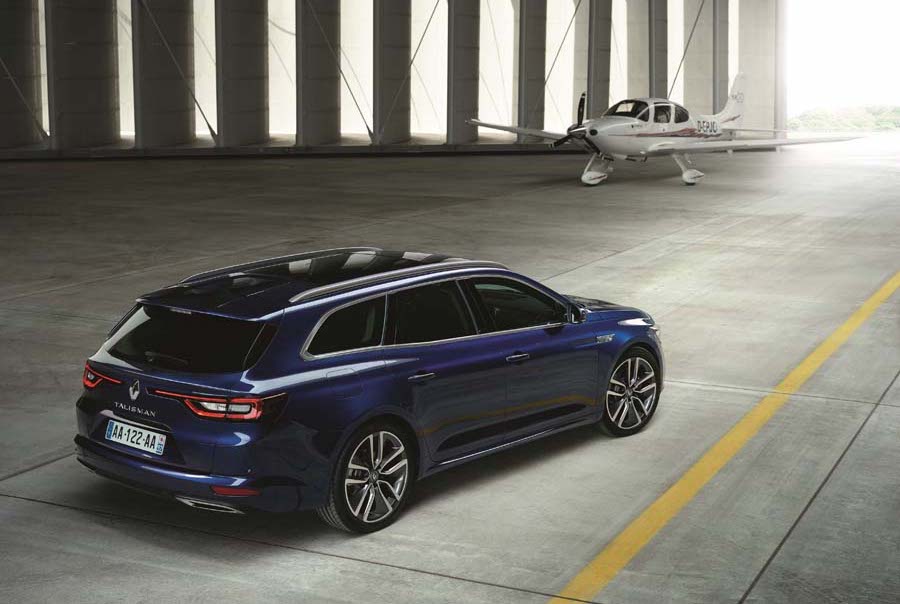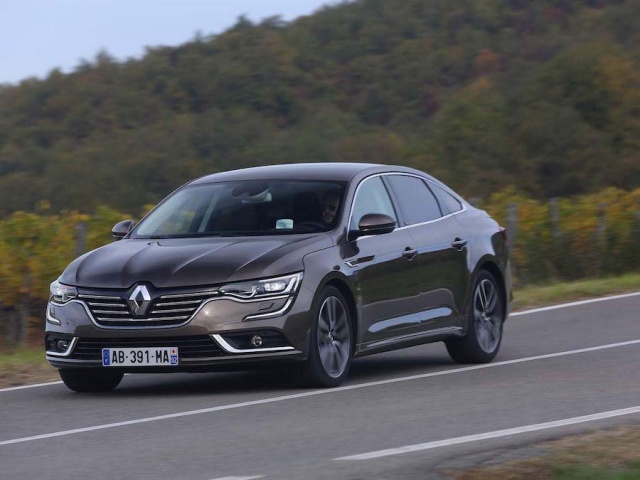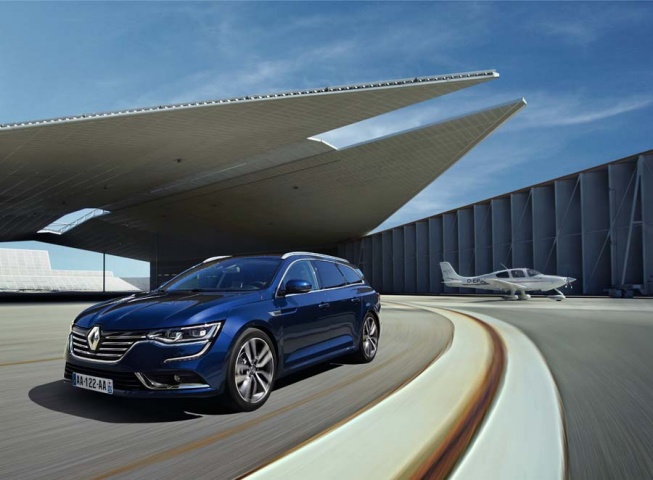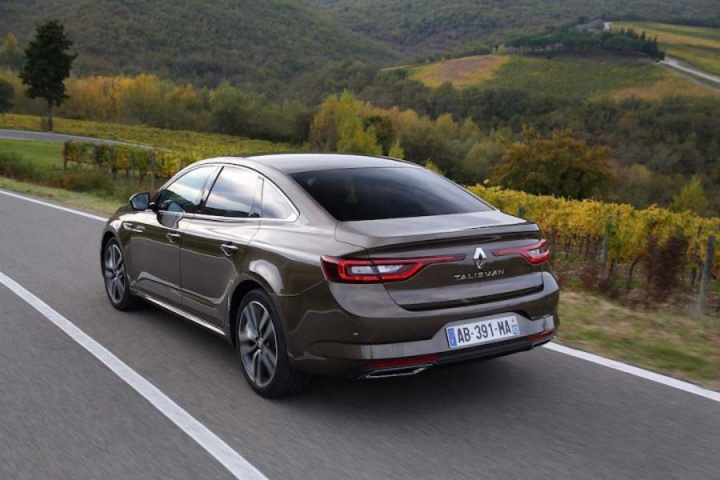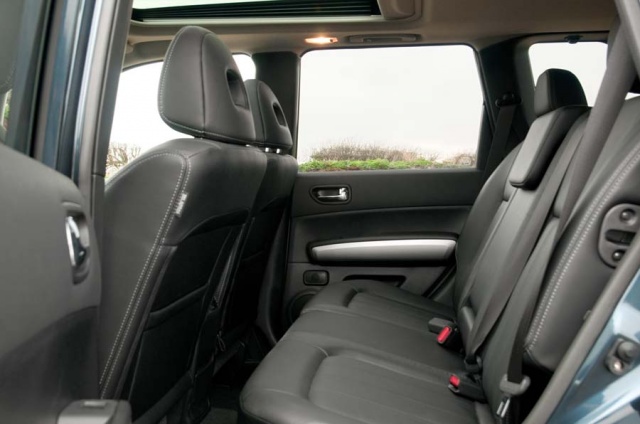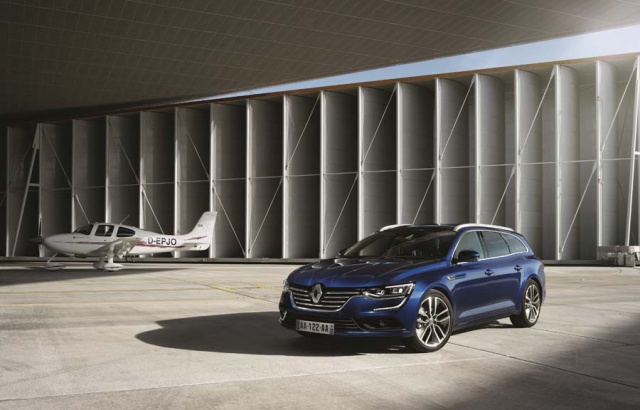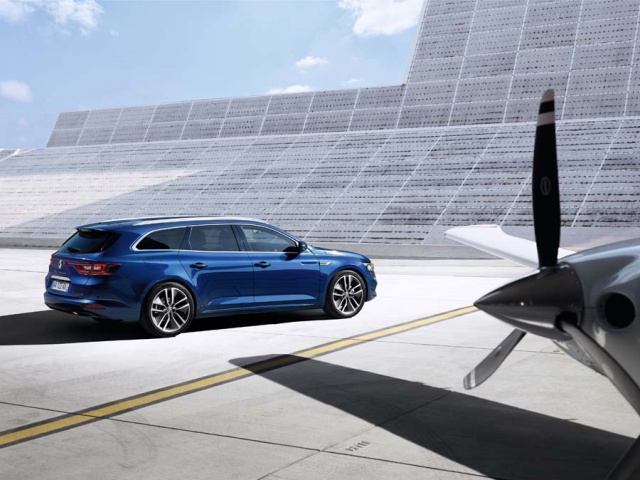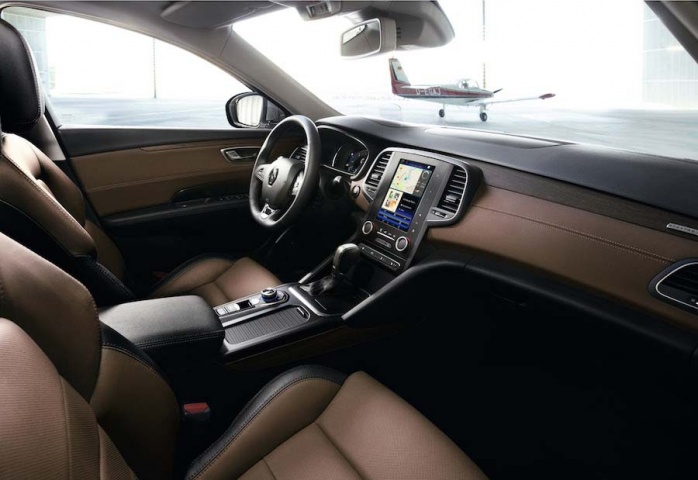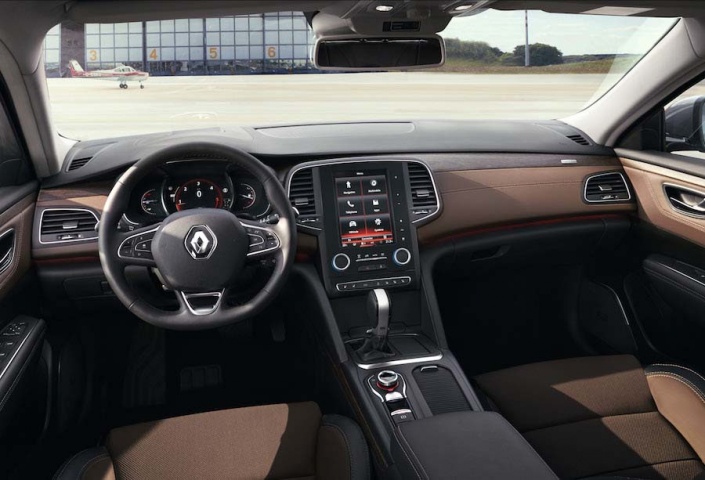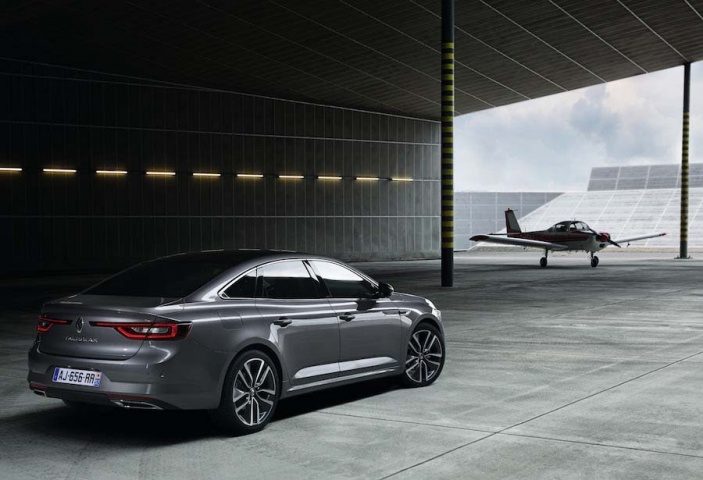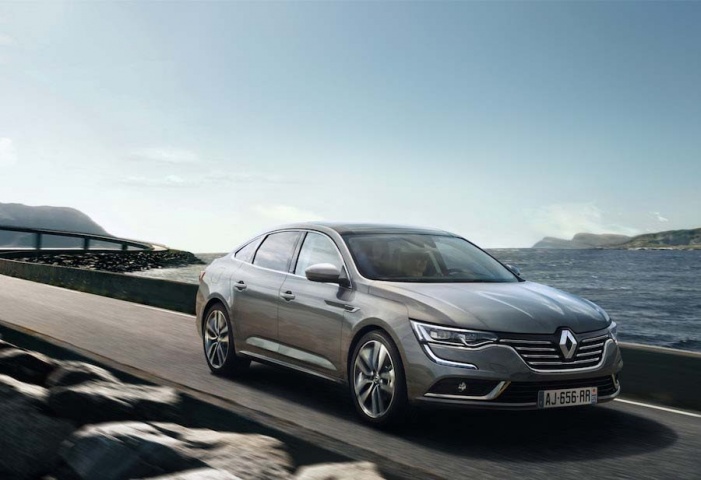Is Brexit going to put the squeeze on right-hand drive production?
I got a lift to the airport the other day. Nothing exciting about that, I suppose, but the car in which I was being lifted was kind of interesting. It was a Renault Talisman, a big, roomy Volkswagen Passat rival that verges on being the same size as a BMW 5 Series. As we wafted through the streets of Paris on the way to make a connection at Charles De Gaulle airport, it occurred to me that the Irish market is missing out on a very nice car, simply because it isn’t made in right-hand drive.
That’s down to a decision made some years ago by Renault when it came to its larger, more expensive models. The Talisman, which is both a replacement for the old Laguna and something of a modern-day Safrane, and the new Espace MPV would not be made in right-hand drive simply because we (and by we I mean us and our British cousins) weren’t buying sufficient numbers of large French cars to justify the investment in shifting the steering wheel.
At the time, it seemed like something of a harmless decision - after all, having blotted its copybook with the unreliability of the 2001 Laguna, what did Renault expect? Suffering both breakdowns and hefty depreciation, was it surprising that Irish consumers were joining in with their UK relatives and making a beeline for the nearest German, Japanese or Korean car dealership instead?
Not surprising, but something of a shame. We (and by we I mean a group of motoring journalists) were in Paris to drive a totally different car, the little Renault Twingo GT, but the Talisman it was that grabbed most of our attention. There’s something about a big, soft French barge that seems to speak to all Anglophone motoring writers. We love our Renault 21s and 25s, our Peugeot 505s, our (original) Citroen DS, CX and C6 and even (well, some of us) the Citroen XM (just me?). Sadly that love isn’t shared by many of you, the great Irish car buying public. As far as you’re concerned, the Germans make the big cars, the French make the small, frugal cars and that’s that. Fair enough, you can’t argue with the market, you can’t fight city hall etc.
Sitting in the comfy leather pews of the Talisman though, it was hard not to be torn. True, there was far too much cheap-o cabin plastic for a car that would, on these shores, cost north of €40k for the Initiale Paris model we were being wafted around in. But there is an undeniable appeal to a car far more obsessed with sofa-like-comfort than Germanic handling precision, and it’s a really good-looking car too. Even better as an estate.
The worrying thought is, though, that just as Renault took the decision of whether or not to buy a Talisman out of our hands, thanks to market forces, that other car makers may soon do the same with other models. Brexit is sending spasms of worry through the car industry in the UK as well as the British economy as a whole, and those concerns could eventually have an impact on which models get the investment needed for right-hand drive and which do not. Not just from Renault, but across the board.
Just before Christmas, the Society of Motor Manufacturers and Traders (the SMMT, the UK’s equivalent to our own SIMI) has predicted that Brexit, if not handled properly and if the UK does not retain Single Market access, could add as much as £1.8 billion (€2.1 billion at the time of writing) to the cost of exporting cars made in the UK to Europe (and Britain currently exports 80 per cent of the cars it makes) and a whopping £2.7 billion (€3.15 billion) to imports. That averages out at around £1,500 (€1,750) on the price of every new car - a cost potentially absorbed by premium brands, but a possible disaster for mainstream car makers, who have to justify the outlay of every single penny and cent.
In a statement, the SMMT said that “Import tariffs alone could push up the list price of cars imported to the UK from the continent by an average of £1,500 if brands and their retail networks were unable to absorb these additional costs, which are equivalent to a 6.5 per cent rise in the price of an average car.”
The UK’s fast-expanding car market, which has recorded high sales figures in recent years, was a rare beacon of hope in the car industry during the latter days of the recession, which meant that car makers were only too keen to sign off on the investments needed to create models with steering wheels on both sides. But the balance is all too delicate and Gareth Jones, the SMMT’s president, said at a Society dinner that “The renaissance is down to years of hard work, hard won investment and long-term collaborative partnership between industry and government. We operate in an intensely competitive environment. We need to create the right conditions for future competitiveness.”
If the UK goes ahead with a so-called ‘hard Brexit’ then Reuters has said that the cost of dealing with World Trade Organisation tariffs could reach £4.5 billion (€5.25 billion) a year. That’s an enormous cost and one that the car makers will have to recoup somehow. If the further economic fallout of Brexit sends the UK’s car market into decline then boardrooms across Europe might well decide that it’s simply not worth the candle making cars with steering wheels on the wrong side anymore, and don’t expect Australia, Japan or South Africa to ride to right-hand drive’s rescue, either.
The Talisman swung into the drop-off lane at Terminal Two and I eased myself out of the soothing embrace of its leather seat. Not a perfect car, but certainly a good looking and comfortable one. A shame, really, that Irish consumers don’t even get the chance to say yes or no. And one wonders how many more interesting cars we will be denied in the next decade.

